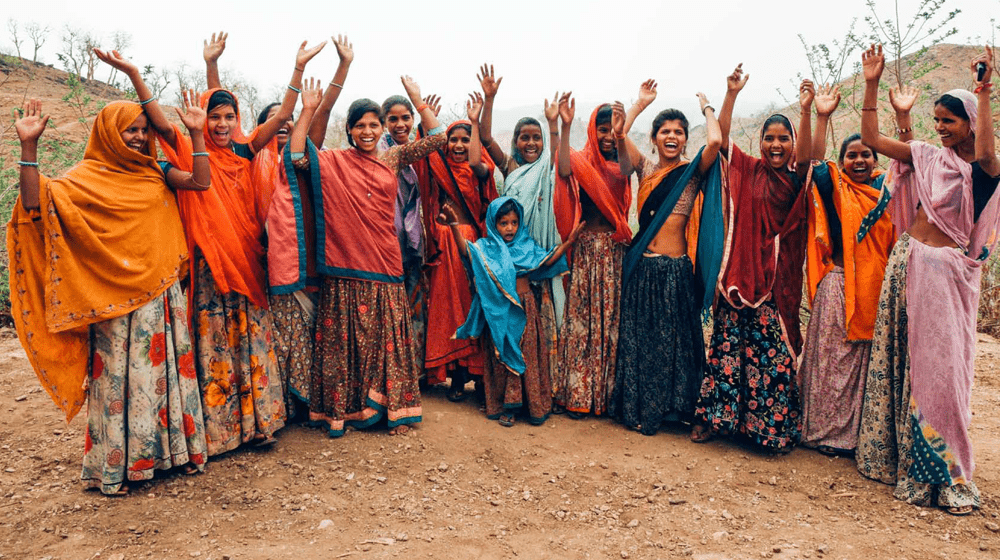This World Population Day, imagine the life of a 15-year-old girl, who’s forced out of school against her wishes, married at 16 before she reaches adulthood, and gives birth to children at 17 or 18.
One in 10 Indians is a young girl. Aged between 15 and 24, these 120 million — the largest number anywhere in the world — are 120 million opportunities to be harnessed. Societies that do not prioritise investing in girls pay a heavy price in terms of slower economic growth and reduced national income. While in recent years, positive advancements have been made in education, health, and nutrition outcomes for young people, the sexual and reproductive health needs of adolescents and young girls beg for greater attention and investment.
To meet India’s commitments to the Sustainable Development Goals and Family Planning 2030, specific health strategies, especially for adolescents and youth, are crucial. By prioritising the sexual and reproductive health needs of young girls — India, which is at the cusp of a demographic dividend, can further benefit from what the Lancet Commission has defined as a “triple dividend” — “for adolescents now, for their future adult lives, and for their children.”
The National Family Health Survey (NFHS-5, 2019-21) shows that one in four girls is still married off before 18. The rate of teenage pregnancy continues to remain around 7%. Both create a burden as the risk of an adolescent girl dying in childbirth is twice that of a woman in her 20s. There are several contributory factors to these grim figures: Lack of accurate information related to modern contraceptives, including myths and misconceptions surrounding them; entrenched gender gaps due to regressive social norms; taboos towards teenage sexuality; and provider biases across the health and social service chain.
Between NFHS-4 and 5, an estimated additional 2.6 million couples (15-24 years) reported using a family planning method. About 70% of the 2.6 million new users reported the use of condoms — an indication of male participation and inter-spousal communication to avoid unintended pregnancies. The unmet need for contraceptives has also decreased from 22% to 17%, indicating an increase in availability, access and uptake of family planning.
National programmes such as Adolescent Friendly Health Services under the Rashtriya KishorSwasthya Karyakram (National Adolescent Health Programme), and increasing access to comprehensive and correct reproductive health information through the School Health and WellnessProgramme are having a positive effect. Early evidence from UNFPA-supported interventions demonstrates young people are more likely to engage meaningfully with Helplines and Digital Media such as Chatbots that provide them accurate information while ensuring privacy.
There are evidence-based interventions waiting to be scaled-up in India to ensure the triple dividend. One, invest in expanding school education to build greater understanding of reproductive health issues.
Two, invest in interventions that delay the age of marriage of girls to 18 years. Globally, the UNFPA-UNICEF Global Programme to Accelerate Action to End Child Marriage has identified that themost strategic approach should start with awareness, education and inclusion of women, and empowerment of adolescents, especially girls, to pursue informed choices and aspirations.
Three, delay the age at which the first child is born and avoid childbirth in quick succession. Four, leverage the influence of opinion leaders to rewrite social norms. The experience of successful initiatives such as the Pulse Polio Eradication Campaign indicates the important role media, faith-based organisations, religious leaders, parents, and community influencers had in altering social norms and practices for increasing the acceptance of vaccines. Five, use and strengthen adolescents youth networks and facilitate their engagement with digital technology platforms, which show great potential in sexual and reproductive health programming and policy formulation.
We must remove barriers to opportunities to harness the potential of young girls. More empowered, more responsible, and healthier female populations are the greatest contributors to peaceful and sustainable social and economic change.
Andrea Wojnar is representative, UNFPA India and Country Director, Bhutan. The views expressed are personal
Published originally in The Hindustan Times


